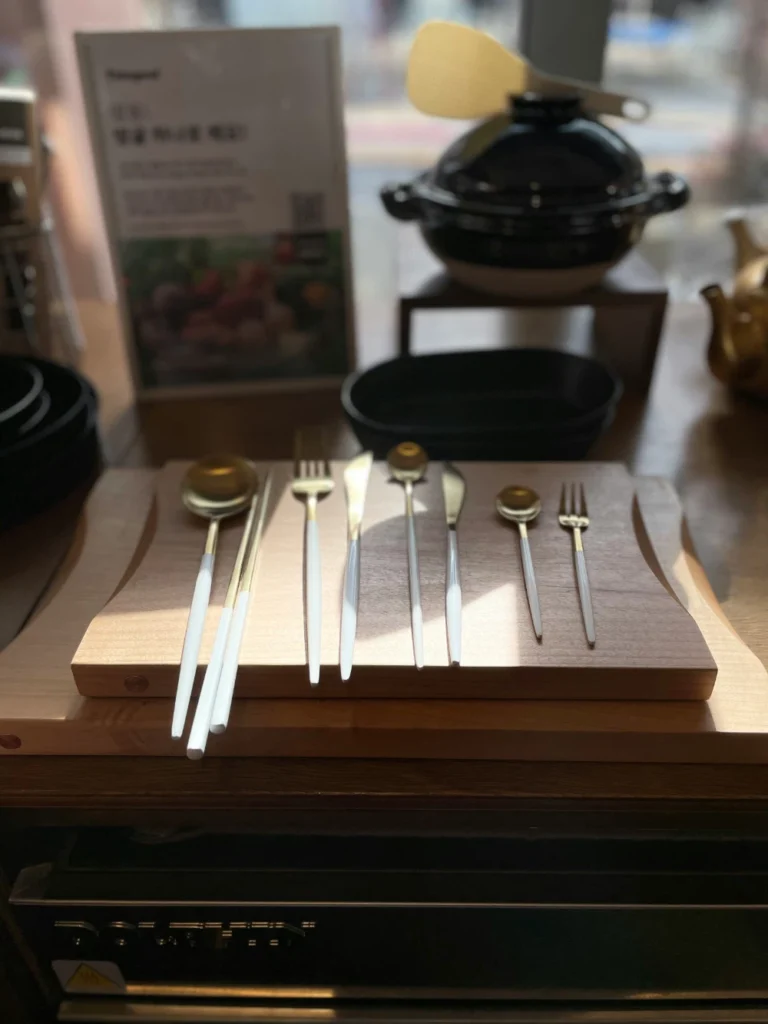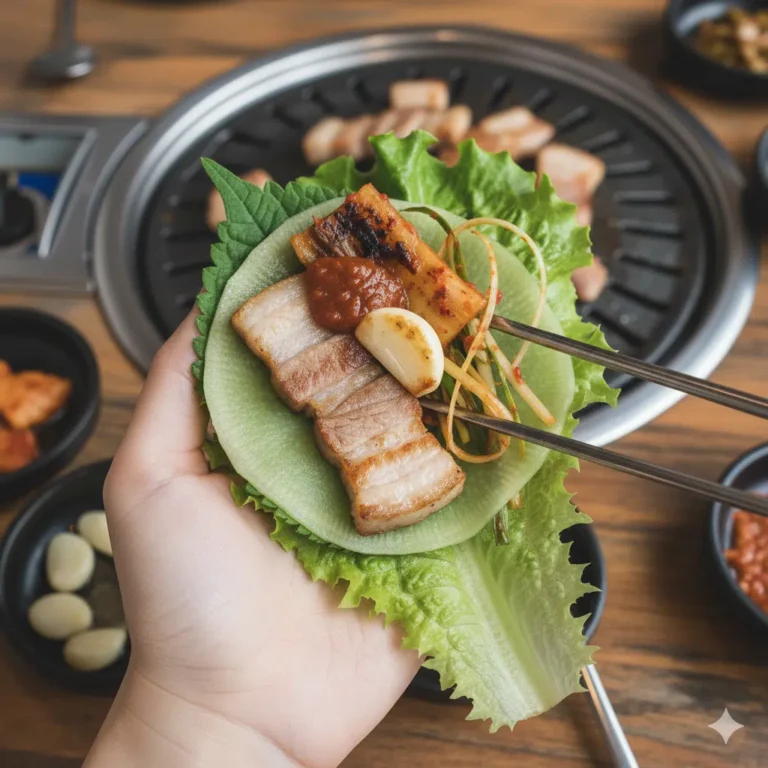The Sweet Comeback: How Korean Traditional Desserts Are Finding New Life
From Yakgwa to Bingsu, Old Favorites Return with a Modern Touch
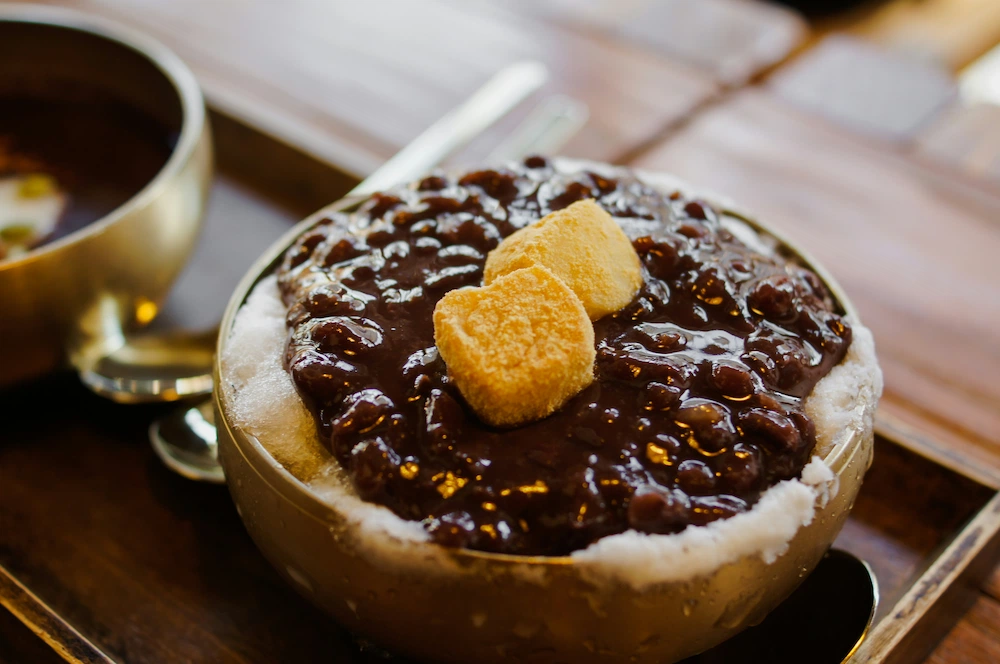
When the Season Smells Like Sugar and Steam
As the weather cools down, the streets in Korea begin to change. Suddenly, the air carries the warm, sweet scent of Hotteok sizzling on griddles, and small stalls start selling Bungeoppang, those familiar fish-shaped pastries filled with red bean or custard. They show up quietly each year as autumn settles in — like seasonal memories returning on time.
What once felt like simple treats you’d buy on your way home now spark renewed interest — appearing not only on busy street corners but also across social media, café menus, and even dessert shops abroad. Korean traditional desserts are having a quiet yet delicious revival — one rooted in nostalgia but evolving with a modern twist.

Yakgwa: A Gentle Sweetness Rediscovered
For a long time, Yakgwa — a honey-glazed cookie made from wheat flour and sesame oil — was mostly reserved for holidays or ceremonial tables. But recently, it unexpectedly went viral in Korea. People rediscovered its soft chew, mellow sweetness, and warm, nutty flavor, and suddenly Yakgwa started appearing in new places.
Cafés introduced Yakgwa lattes, Yakgwa croffles, and even ice cream topped with mini Yakgwa. The boom eventually calmed, but something stayed: a shift in perception. What once felt “old-fashioned” became appreciated again — a dessert meant to be enjoyed slowly, often alongside tea, conversation, and unhurried moments.
Tteok: From Tradition to Everyday Art
Tteok (rice cake) was once both a daily snack and a part of celebrations. But as bread and pastries became more common in Korea, it quietly stepped back from everyday life. But now, it’s making its way back in deliciously creative forms.
In Korea today, Tteok is being rediscovered through experiences rather than just tradition. Younger audiences are seeking “soft and chewy” textures again, leading to trends like fresh cream-filled Tteok and bite-sized chocolate flavor Tteok that look as elegant as French dessert. These modern styles feel familiar yet new, balancing subtle flavor with a delightful, bouncy texture. Even Korea’s Sul-Tteok (fermented rice cake) has begun to receive global attention for its gentle aroma and natural tang.
At the same time, modern dessert cafés are reinventing Tteok, serving beautifully plated versions alongside espresso or green tea. Tteok continues to evolve without losing its roots.

Bingsu: Cooling Down, Leveling Up


Once a simple bowl of shaved ice topped with sweet red beans, Bingsu has now become a creative dessert category of its own. The ice may be shaved from water or milk, creating different textures — light and snowy or rich and creamy. Toppings now range from matcha and fresh mango to tiramisu and cheesecake-style cream.
Although long associated with summer, many cafés now serve Bingsu year-round. Its appeal lies in contrast: cold, fluffy ice; soft, chewy rice cakes; smooth or fruity cream. Every spoonful feels layered and refreshing. And even with endless variations, its essence remains the same — a dessert best enjoyed slowly, and often shared.
Pro Tip
Visiting Korea in winter and still craving Bingsu? Head to Sulbing, a popular dessert café chain that serves it all year long. Their signature flavors are Injeolmi Sulbing and Red Bean Injeolmi Sulbing — classics worth trying.
Bungeoppang & Hotteok: Comforts of the Cold Season
As the air gets colder, Bungeoppang (fish-shaped pastry with red bean or custard) and Hotteok (golden pancake filled with brown sugar) return to street corners across the country. Holding a warm Hotteok on a cold evening — crispy outside, soft and syrupy inside — is a small comfort many look forward to each year.
While traditional versions remain beloved, creative spins are emerging:
- Bungeoppang filled with matcha cream, chocolate, or even soft-serve ice cream,
- Hotteok sprinkled with cheese, nuts, or spices.
These updates keep the experience familiar yet fresh — letting both locals and visitors feel the warmth of Korean winter sweets in their own way.
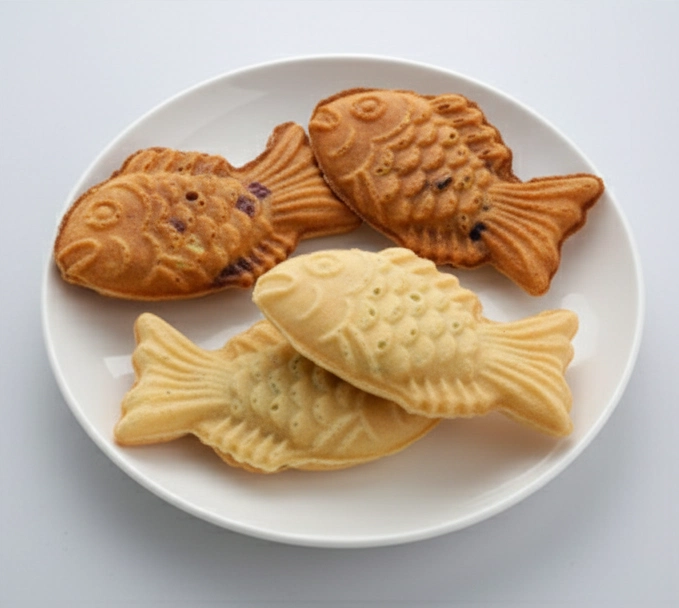
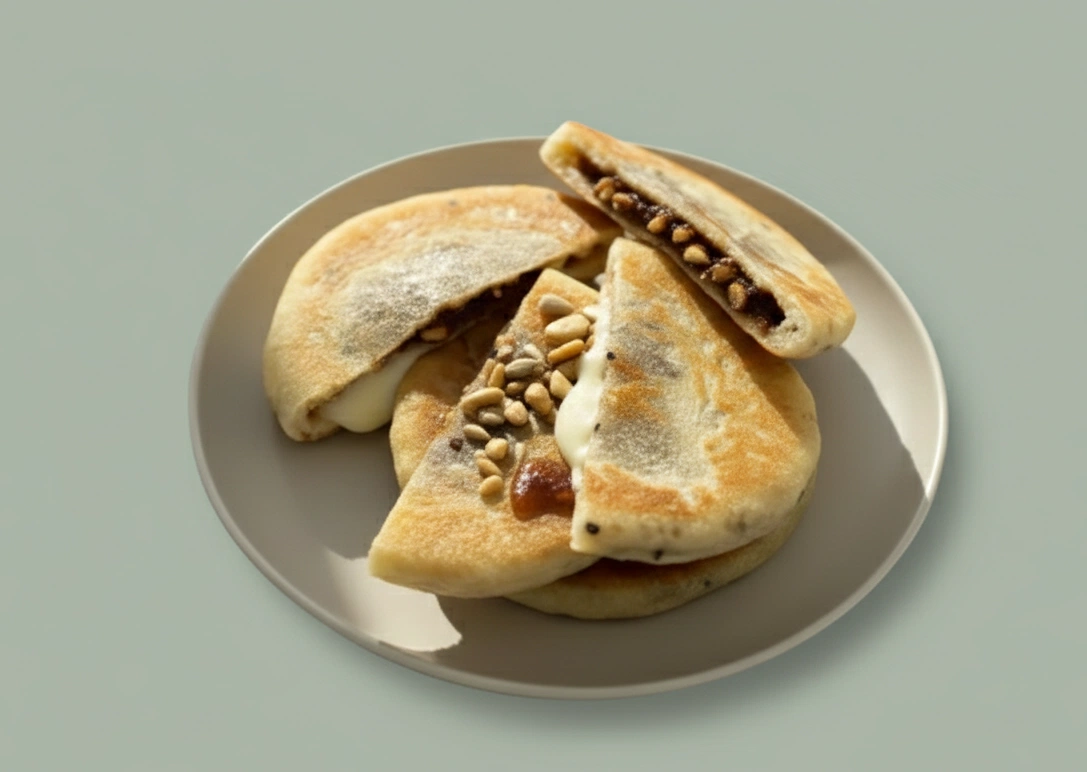
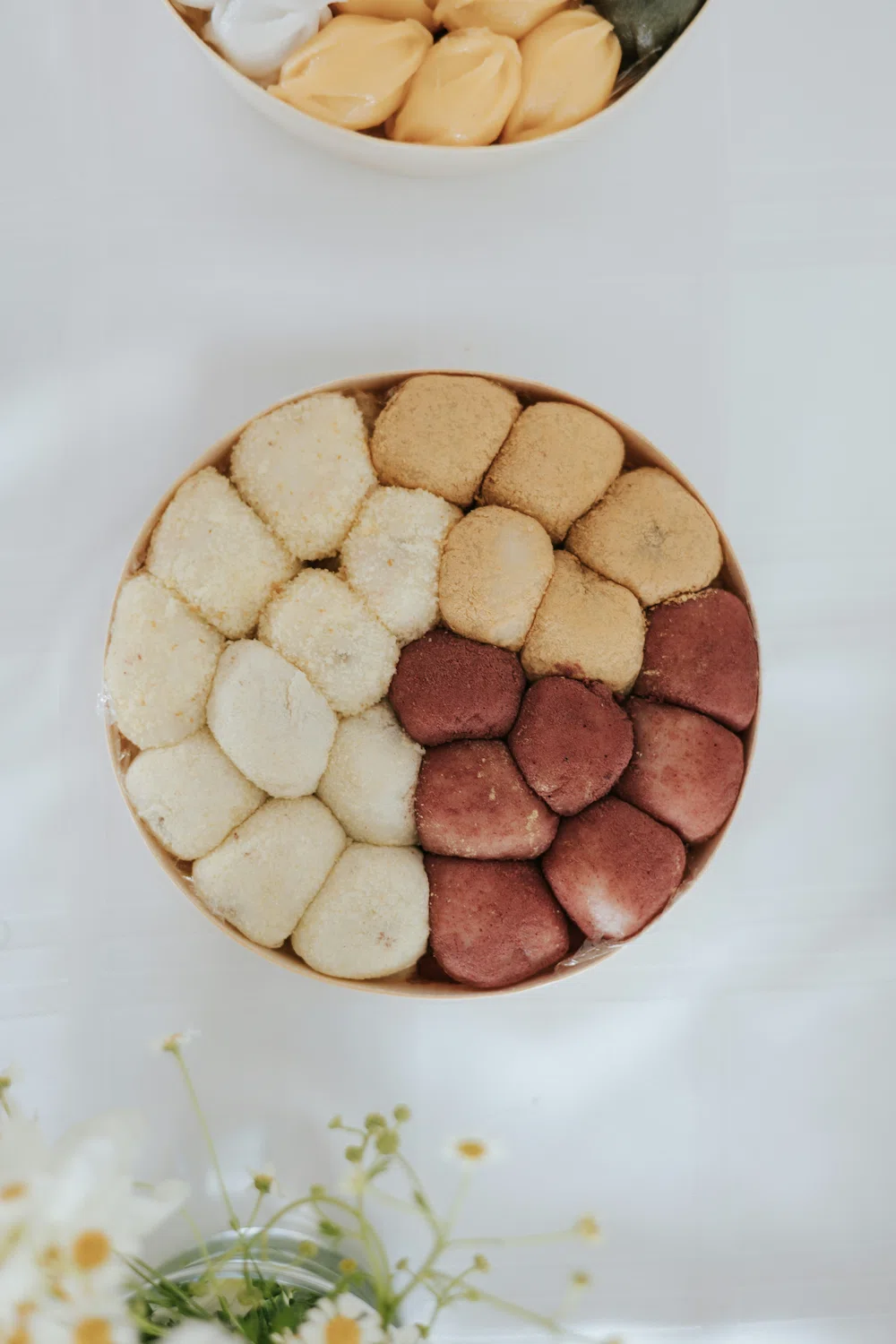
Why Traditional Desserts Feel New Again
The renewed interest in Korean traditional desserts isn’t about going back to the past. It’s about exploring what still feels meaningful today. Cafés, small brands, and home cooks are giving these sweets space to be appreciated slowly — to be shared, gifted, photographed, and savored.
Tradition isn’t being replaced. It’s simply finding a new rhythm.
Sweet Moments That Return
Trends always move, but some come back sweeter. Korean traditional desserts are finding a new rhythm, blending memory with modern life — Yakgwa with tea, Tteok with espresso, Bungeoppang on a cold night. Their sweetness feels familiar yet new, like meeting an old friend who has changed just enough.
Maybe you’ve had this moment too — when a single bite makes time feel slower, or when a warm dessert in winter feels like being gently held. These desserts carry a kind of sweetness that doesn’t age. They return, softly and warmly, ready to be loved again in your everyday life.
